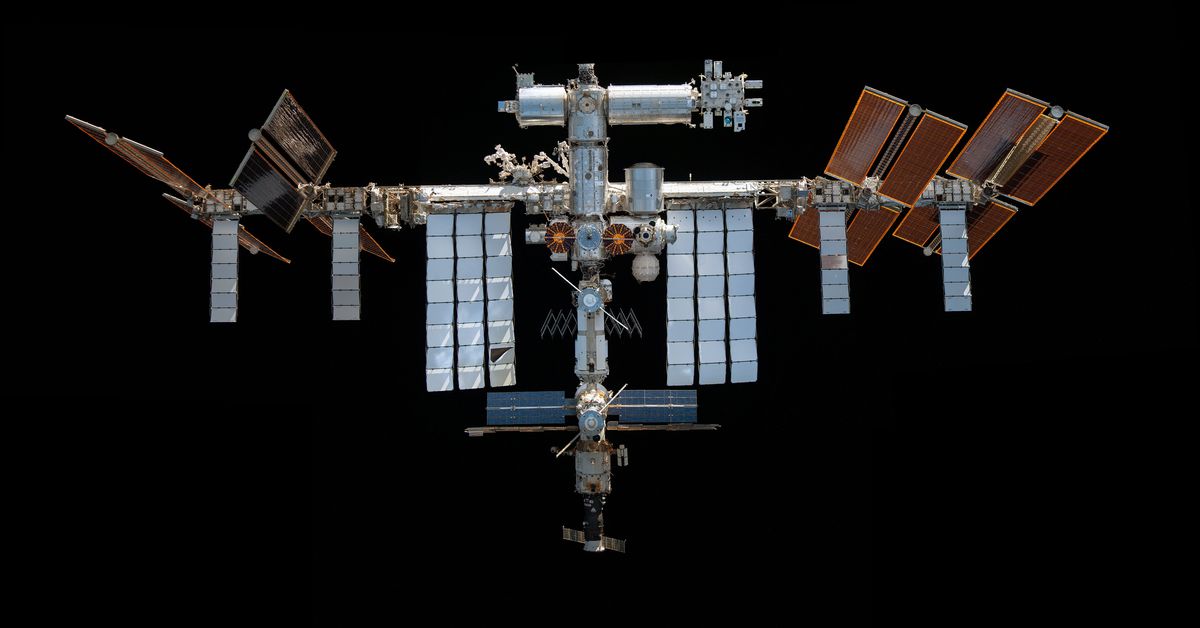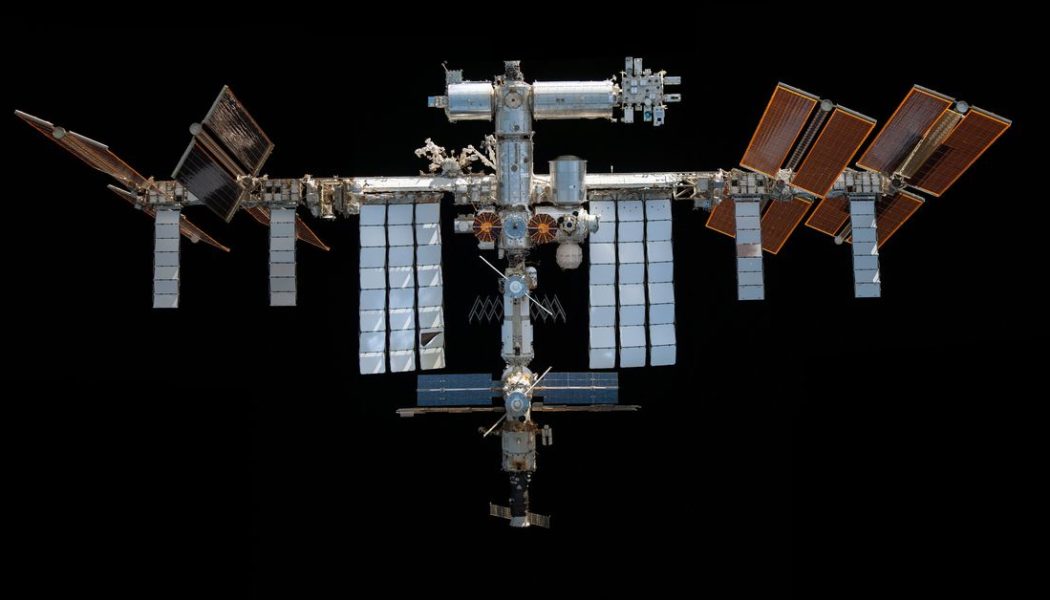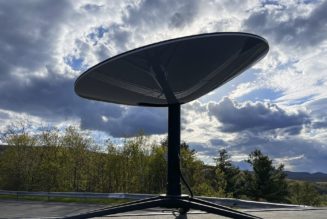
Russia announced it has decided to withdraw from the International Space Station partnership after 2024, the Russian state news site TASS reported. Yuri Borisov, the new head of Russia’s state space corporation Roscosmos, reportedly told President Vladimir Putin the news during a meeting on Tuesday.
“Vladimir Vladimirovich, you know that we are working within the framework of international cooperation at the International Space Station,” Borisov said, according to a translated report from TASS. “Of course, we will fulfill all our obligations to our partners, but the decision [on] leaving this station after 2024 [has] been made.”
The decision seemingly reaffirms statements made by Borisov’s recent predecessor, Dmitry Rogozin, who had openly discussed the possibility that Russia would exit the ISS agreement amid growing tensions between Russia and the United States over the former’s invasion of Ukraine. Those statements were somewhat dubious, though, as Rogozin had a habit of making outlandish statements and threats about how Roscosmos would retaliate to sanctions imposed on Russia by the US. Additionally, NASA has continued to downplay Russia’s withdrawal, noting that Roscosmos was still working toward extending its partnership on the ISS with NASA through 2030 — the current date through which the US space agency hopes to keep the space station running.
Even now, it’s unclear exactly how this decision has been communicated to the United States. NASA did not immediately respond to The Verge’s request for comment, but senior NASA officials at the International Space Station Research and Development Conference (ISSRDC) in Washington, DC, on Tuesday said they had not received any communication from Roscosmos. “We haven’t received any official word from the partner,” Robyn Gatens, the director of the International Space Station at NASA, said during a panel at the conference. She noted that NASA would be talking more about the plan moving forward.
NASA astronaut Kjell Lindgren, speaking from space during the conference, said they had just heard the news this morning from news reports.
“That is very recent news and so we haven’t heard anything officially,” Lindgren said during a downlink from the ISS. “Of course, you know, we were trained to do a mission up here, and that mission is one that requires the whole crew.” He added, “As a group we continue to work towards success, and that is everybody working together to make sure we’re accomplishing the science and keeping the crew and the vehicle safe.”
Roscosmos and NASA are the two biggest partners on the International Space Station, both of whom jointly keep the ISS operational every day. In fact, it would be extremely difficult to keep the ISS running if one of the two pulled out. NASA is responsible for generating electricity for the station and helps maintain the vehicle’s position, while Roscosmos is responsible for periodically boosting the station over time, preventing it from slowly falling out of orbit.
Withdrawing from the ISS partnership isn’t so simple as stating one’s intent to leave. The intergovernmental agreement, or IGA, that governs the ISS partnership states that most partners must give other ISS partners at least one year’s written notice about the intent to leave. Without a written notification, the specifics of Russia’s exit plan are still unclear. For example, Russia did not specify when it intends to leave the ISS partnership today — just vaguely stating “after 2024.”
Along with announcing the intention to leave, Borisov also said that, by 2024, Russia plans to start creating a new space station called the Russian Orbital Service Station (ROSS), according to TASS. Rogozin previously said that there needs to be an overlap period between the creation of ROSS and the end of the ISS. Russia’s ability to start creating a new station ahead of 2024 seems particularly difficult.
Gatens at ISSRDC said she thinks Russia is simply planning for the future. “I think the Russians, just like us, are thinking ahead to what’s next for them,” she said. “And as we’re planning for transition after 2030 to commercial owned and operated space stations in low Earth orbit, they have a similar plan.”









